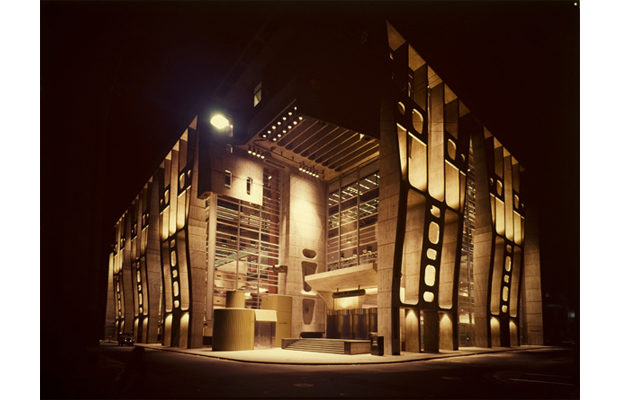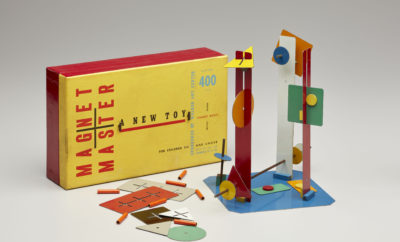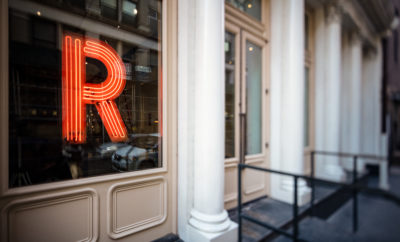
Exhibition
TWO NEW SHOWS EXAMINE A PRODIGIOUS PAST

In October 1954 the Museum of Modern Art deployed a two-person team—architectural historian Henry-Russell Hitchcock and photographer Rosalie Thorn McKenna—to document modernism in Latin America. The culmination of their six-week, eleven-country tour was Latin American Architecture since 1945, an exhibition that glossed over regional and cultural differences and promoted modern design as a cohesive international movement. Some sixty years later two exhibitions celebrate the diversity and ingenuity of modern design in Latin America by assembling a range of material, much of which has rarely or never been exhibited. Latin America in Construction: Architecture 1955–1980 (March 29–July 19) at MoMA uses architectural models and drawings, vintage photographs and film clips, and a suite of photographs and models commissioned for the show, to consider the network of forces that stimulated an unprecedented period of creative and economic development in the region and led to the emergence of unique architectural expressions. moma.org

A few blocks uptown from MoMA, the Americas Society presents Moderno: Design for Living in Brazil, Mexico and Venezuela, 1940–1978 (on view to May 16). Where Latin America in Construction concentrates on large-scale public works— hospitals, museums, housing projects, entire cities, even— Moderno focuses on the design objects—both hand-crafted and mass-produced—that furnished Latin America’s rapidly modernizing domestic interiors. “[D]esigners in the region were producing a modern interior that was at the same time local and global,” says the exhibition’s co-curator, Jorge Rivas Pérez. Pieces such as Sérgio Rodrigues’s Mole chair— its ample leather seat and protruding stiles giving it the aspect of a lolling bull—and Geraldo de Barros’s 1960s telephone bench—which pairs plywood and plastic—broadcast the ease and comfort familiar from American mid-century design, but reveal an unmistakably distinct approach. as-coa.org
(Photos: Museum of Modern Art/Clorindo Tiesta © Archivo Manual Gomez Piñero, Courtesy of Fabio Grementieri; R & Company/Sérgio Rogrigues)












